Why Is Conductive Cloth Tape So Important in Modern Electronics?
When you think of modern electronics — your smartphone, laptop, or even your car’s touchscreen — you might not immediately think about conductive cloth tape. Yet, this small but mighty product plays a crucial role in keeping your devices safe, stable, and efficient. But what makes it so important in everyday electronic applications? Let’s dive into that.
1. Shielding Against Electromagnetic Interference (EMI)
In our high-tech world, devices constantly communicate through signals — Wi-Fi, Bluetooth, 5G, you name it. However, all these signals can interfere with each other, creating electromagnetic interference (EMI).
Conductive cloth tape acts as a protective shield, blocking EMI and ensuring stable performance. It’s widely used inside smartphones, computers, and smart TVs to prevent signal distortion and protect sensitive circuits. Without it, your devices might experience lag, noise, or even malfunction. Sounds annoying, right?
2. Reliable Grounding for Stable Operation
Another key function of conductive cloth tape is grounding. It helps transfer unwanted electrical charges safely, maintaining balance in the circuit. In industries like automotive electronics, this is critical. For example, in a car’s multimedia or navigation system, grounding tapes ensure smooth electrical flow and prevent static buildup — meaning fewer system errors and longer component life.
3. Strong Adhesion Meets Flexibility
Unlike metal foils, conductive cloth tape offers a perfect balance of conductivity and flexibility. It easily adheres to curved or uneven surfaces — think of wrapping around smartphone edges or fitting into tight corners of circuit boards.
Plus, thanks to advanced adhesive formulations (like those developed by Anhui Yijiayi Technology Co., Ltd.), these tapes maintain strong bonding even in high-temperature environments. Whether used in consumer electronics or industrial control panels, they stay firmly in place.
4. Lightweight and Eco-Friendly Material
As industries push toward sustainability, conductive cloth tapes are evolving too. Yijiayi’s conductive fabric tapes are eco-friendly, using non-toxic adhesives and recyclable materials. They replace heavier metal shielding materials, helping manufacturers reduce product weight — a big deal for modern slim, portable electronics.
5. Versatility Across Applications
From phones and displays to transformers and automotive harnesses, the application range of conductive cloth tape is surprisingly broad. It’s used for EMI shielding, cable wrapping, conductive grounding, and even as a repair material in laboratories and workshops. Some technicians even say it’s their “secret weapon” for solving tricky electrical problems quickly.
6. The Hidden Hero in Product Design
Many users never notice it, but engineers rely on conductive cloth tape for precision and safety. It’s not just a component — it’s a design necessity. Without proper EMI control and grounding, even the most advanced devices can fail. So next time your gadgets run smoothly, you can thank this humble but powerful tape working silently behind the scenes.
Conductive cloth tape may look simple, but it’s a technological essential that keeps modern life running smoothly — from communication to transportation. As one of the leading conductive cloth tape manufacturers in China, Anhui Yijiayi Technology Co., Ltd. continues to provide high-quality, customizable, and eco-friendly tape solutions trusted by clients worldwide.
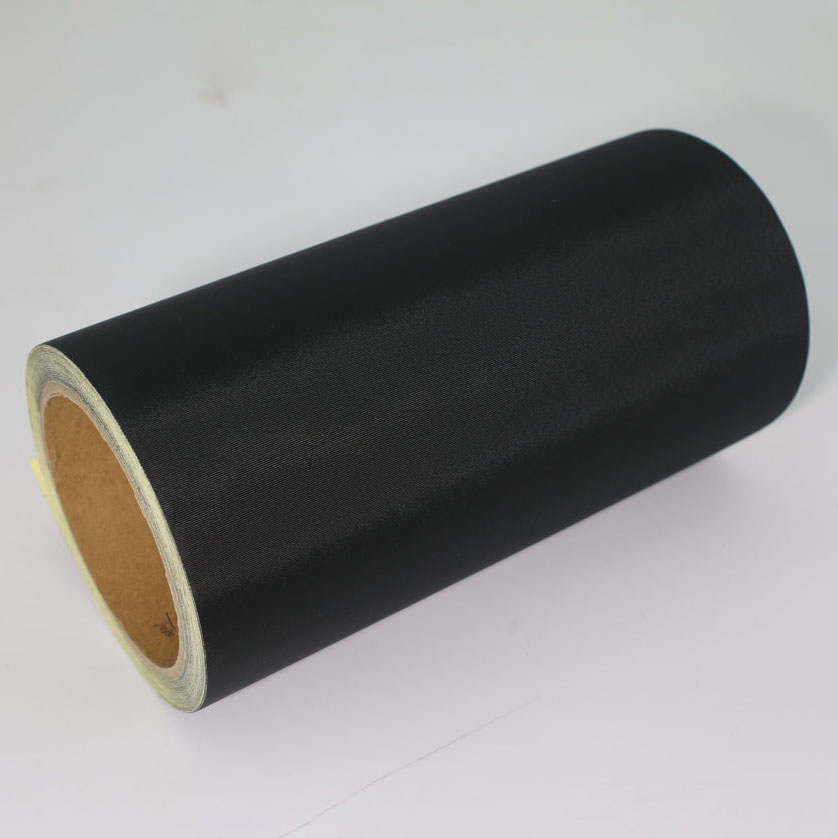 5 Ways Nylon Cloth Tape Solves Everyday Industrial and Consumer Challenges
5 Ways Nylon Cloth Tape Solves Everyday Industrial and Consumer Challenges
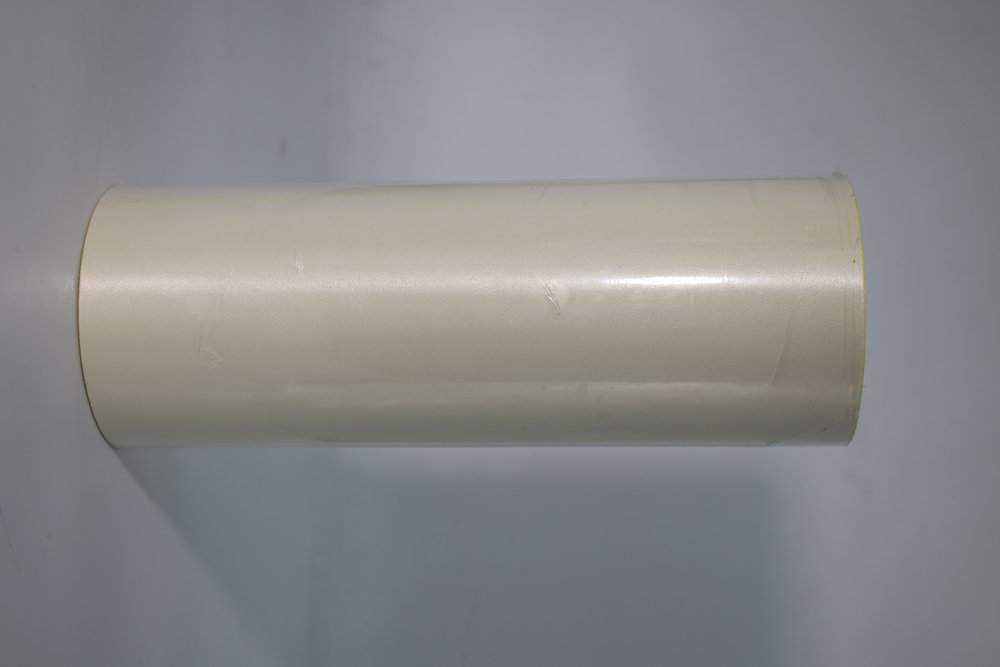 How Printable Tape Improves Labeling Efficiency Across Industries?
How Printable Tape Improves Labeling Efficiency Across Industries?
 How Light-Blocking Tape Enhances Product Performance in Modern Devices?
How Light-Blocking Tape Enhances Product Performance in Modern Devices?
 Why Light-Blocking Tape Matters More Than You Think in Modern Electronics
Why Light-Blocking Tape Matters More Than You Think in Modern Electronics
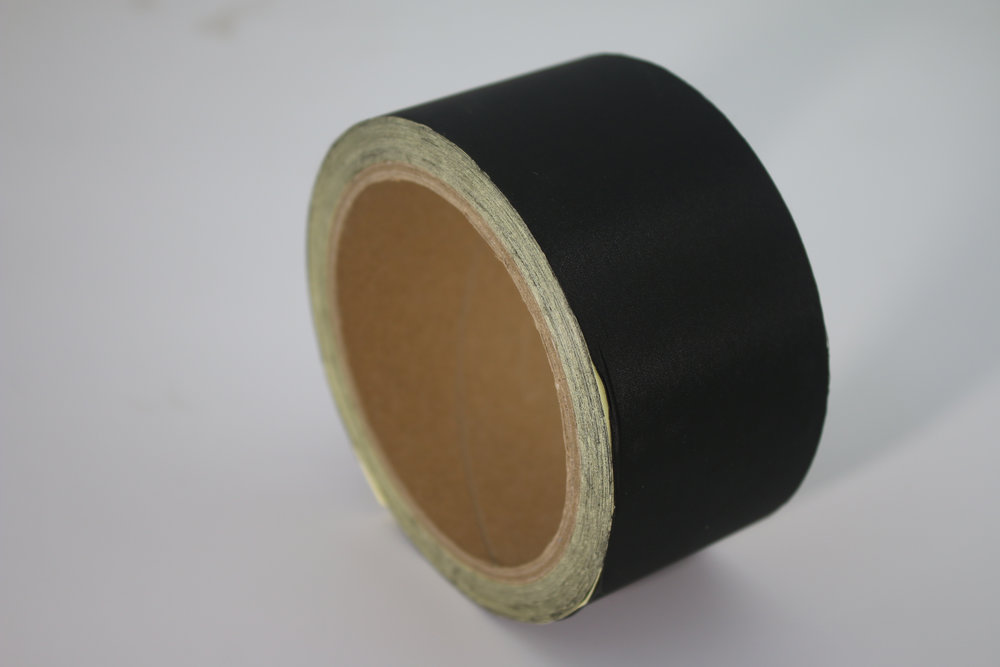 Why Nylon Cloth Tape Is the Most Underrated Tool in Every Industry
Why Nylon Cloth Tape Is the Most Underrated Tool in Every Industry
 How Automotive Wire Harness Tape Protects and Organizes Your Vehicle Wiring System
How Automotive Wire Harness Tape Protects and Organizes Your Vehicle Wiring System
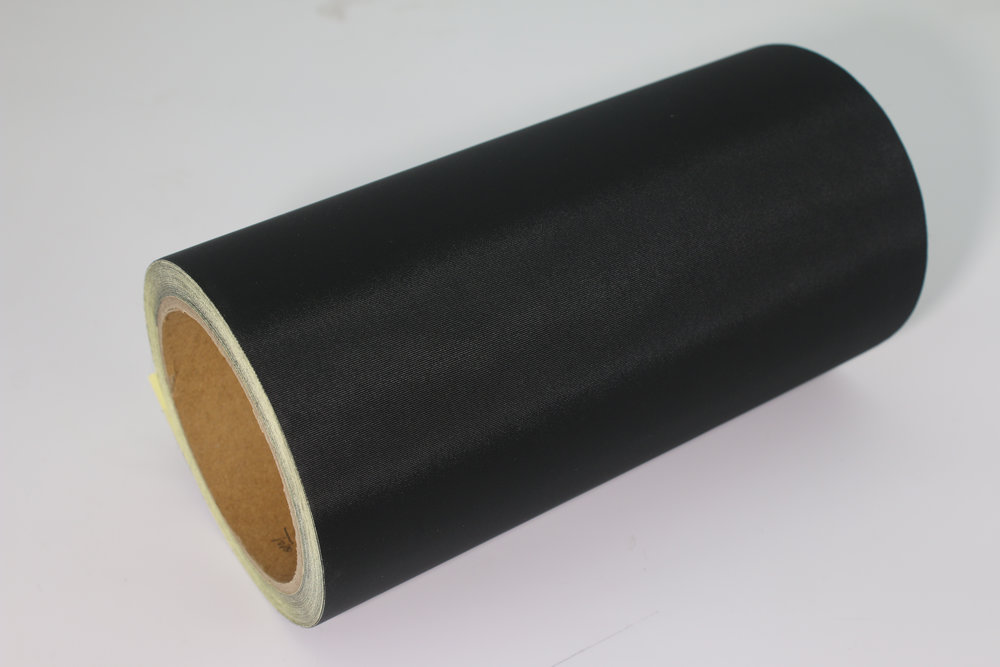 Light-Blocking Tape: Why It Matters in Modern Display and Lighting Design
Light-Blocking Tape: Why It Matters in Modern Display and Lighting Design
 Printable Tape: How It Enhances Design and Functionality
Printable Tape: How It Enhances Design and Functionality
 Why Is Conductive Cloth Tape So Important in Modern Electronics?
Why Is Conductive Cloth Tape So Important in Modern Electronics?
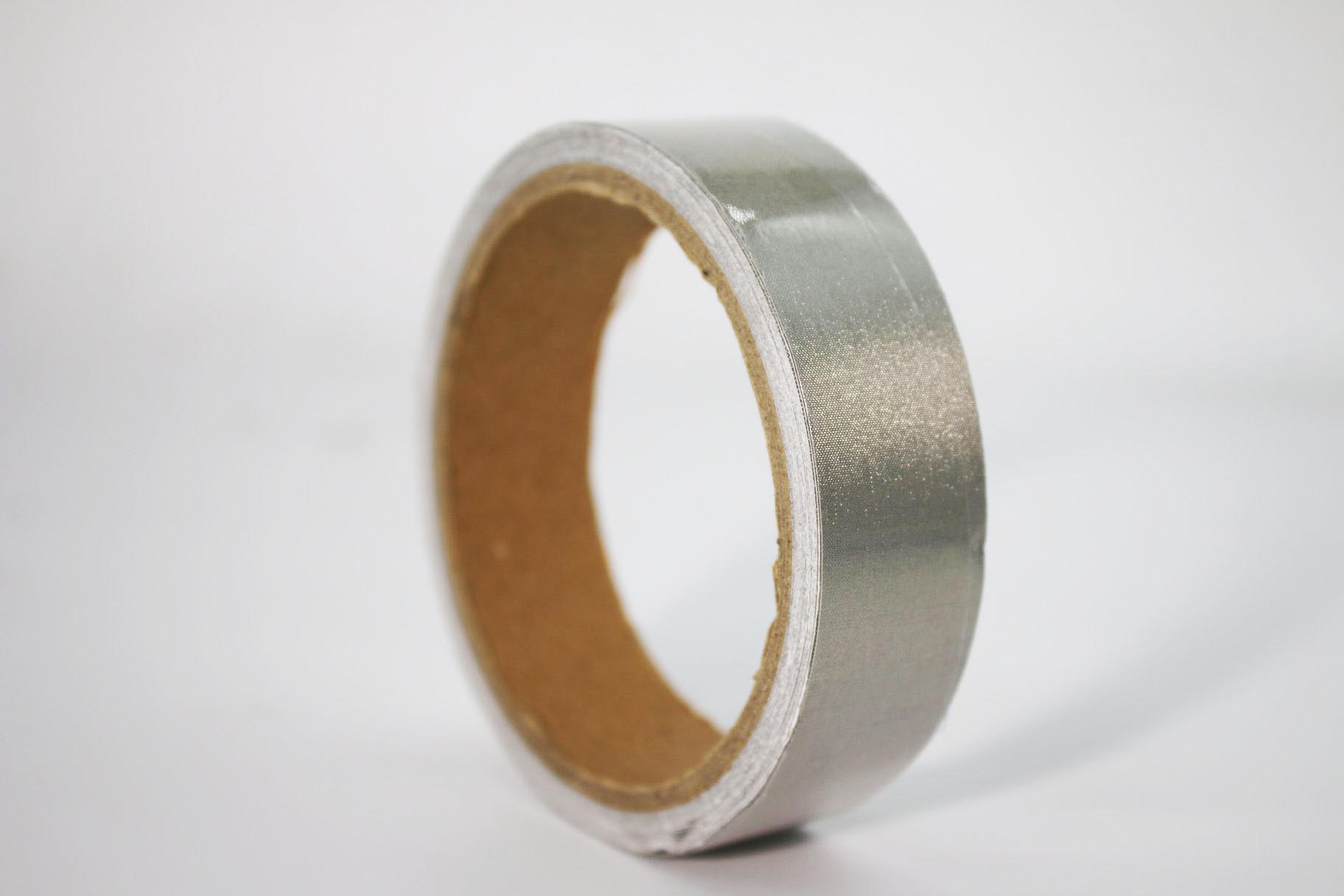 How Conductive Cloth Tape Improves Electronic Shielding and EMI Protection
How Conductive Cloth Tape Improves Electronic Shielding and EMI Protection
